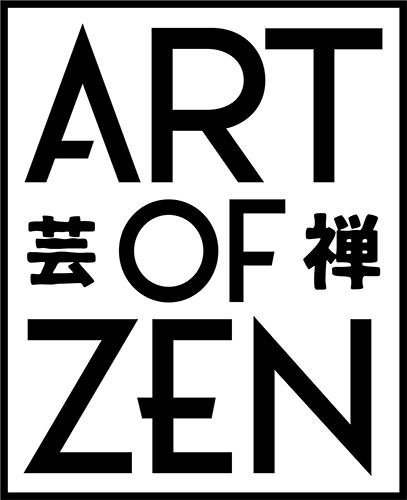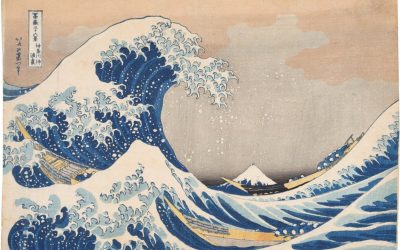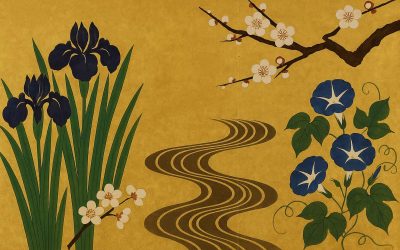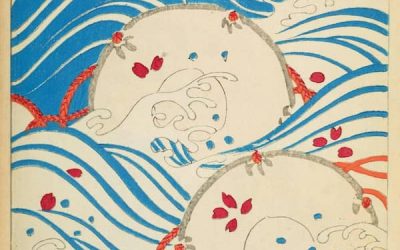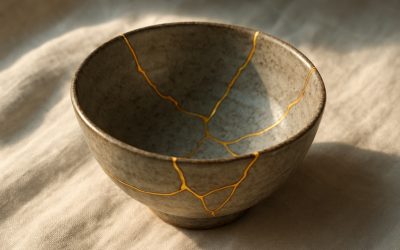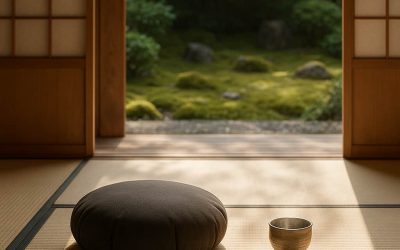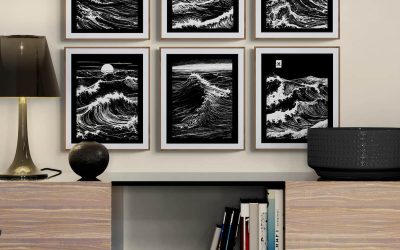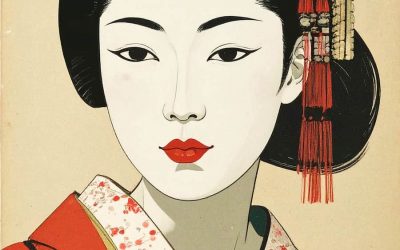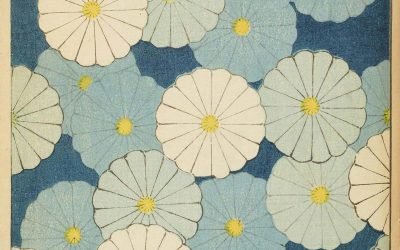A rare early impression of Hokusai’s Great Wave off Kanagawa heads to auction from the Okada Museum. See why this iconic ukiyo-e print is making headlines.
Japanese Art
Japanese art merges aesthetic, spiritual, and philosophical elements, showcasing tradition’s influence on modernity. This category delves deep into various aspects of Japanese culture, revealing the profound meanings embedded within its art.
Foo Dogs: Guardians of the Spiritual Realm
Foo Dogs serve as symbolic protectors in Japanese art and culture, not just decorative elements. These statues often guard the entrances of temples and homes, warding off evil spirits. The article on Foo Dogs in Japanese Art and Culture explores their origins. It highlights their role as protectors that blend myth with everyday life, safeguarding both physical and spiritual spaces.
Enso Circle: Embracing Imperfection
The Enso circle, a potent symbol in Zen Buddhism, represents enlightenment, the universe, and the void. Artists traditionally paint it in a single brushstroke. This technique captures the imperfection and transient nature of existence beautifully. Our exploration in The Enso Circle in Zen offers insights. It shows how this circle invites contemplation and embodies the spiritual journey of Zen practices.
Torii Gates: The Threshold Between Worlds
Torii gates symbolize the transition from the mundane to the sacred in Japanese culture. These iconic structures, discussed in The Enchanting World of Torii Gates in Japan, are not just architectural marvels. They also carry deep symbolism, marking Shinto shrine boundaries and offering pathways to the divine. They stand as serene invitations to step into a realm where nature and spirituality converge.
Wave Art: The Rhythm of Nature
Japanese wave art captures the sea’s unstoppable force and rhythmic motion. This theme is common in many famous woodblock prints. The article on The Significance of Japanese Wave Art examines how waves inspire artists like Hokusai and Hiroshige. The dynamic forms and powerful imagery of waves symbolize life’s unstoppable forces and nature’s cycles.
Conclusion: A Journey Through Japanese Art
This exploration of Japanese art offers more than aesthetic enjoyment. It opens a gateway to understanding the deep spiritual and philosophical underpinnings of Japanese culture. Each element, from Foo Dogs to Enso circles, from Torii gates to expressive wave art, enriches our appreciation. It invites deeper engagement with themes that resonate across time and culture in Japan. As we explore these artistic expressions, we gain insights into a culture that marries the visual with the spiritual. This creates a rich tapestry that continues to influence and inspire globally.
The Rinpa Aesthetic: Where Nature and Elegance Become One
The Rinpa aesthetic defines Japanese elegance—nature distilled into rhythm and form. Meet its masters, from Sōtatsu to Kōrin, and see how Rinpa shaped ukiyo-e, shin-hanga, and modern Japanese design.
Tawaraya Sōtatsu: The Art of Motion and Mystery in Gold
Few artists captured motion like Tawaraya Sōtatsu. His Waves at Matsushima reshaped Japanese art with its golden rhythm and Zen stillness.
The Wave Motif in Japanese Art–Its Meaning, Motion, and Memory
What is the meaning and artistry of the wave motif in Japanese art? From seigaiha patterns to Hokusai’s Great Wave—a timeless symbol of motion, impermanence, and beauty.
Kintsugi and the Art of Healing: Finding Zen in What Breaks
Kintsugi, the Japanese art of mending with gold, reveals a quiet Zen truth — our cracks are not flaws but pathways to wholeness.
The Key Concepts of Zen: A Journey Into Stillness and Seeing
Learn the key concepts of Zen — from zazen and mindfulness to wabi-sabi and ensō. Discover how Zen shapes Japanese art, design, and the quiet art of living.
Nami no Uta: A Black & White Ode to the Waves
The Nami no Uta Black & White Collection brings six Japanese wave prints inspired by Hokusai, Zen, and modern minimalism into timeless wall art.
New Japanese Art Prints: Mt. Fuji and the Grace of the Geisha
Two new Japanese-inspired artworks — a serene Mt. Fuji landscape and a graceful geisha portrait — blending ukiyo-e tradition with modern Zen aesthetics.
Furuya Kōrin and Shin Bijutsukai: A New Ocean of Japanese Design
Furuya Kōrin’s Shin Bijutsukai transformed Japanese design publishing, turning pattern books into vibrant works of art at the dawn of the 20th century.
